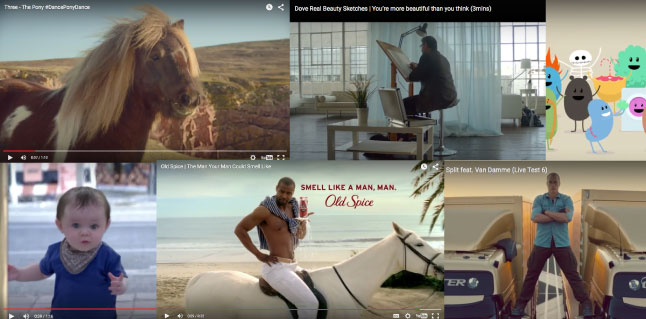Let’s start with a quick definition:
Viral marketing aims to get potential buyers to share information on electronic media about a product or service, a brand or a message, to their contacts so the information spreads like a virus. Also defined as word-of-mouth transmitted via the Internet, or electronic word-of-mouth (e-WOM). Word-of-mouth (WOM) is a positive or negative statement that a person makes about a company, product or service.
What are the key facts you should know about word-of-mouth
Conventional word-of-mouth communications have been studied since the 1950s and attested to have a direct impact on consumer purchase decisions, as well as to generate attitudes and expectations upon the product. Peer-to-peer communications increase the credibility of the message, and are more powerful and more influential than company-to-consumer communications.
Nevertheless, e-WOM has some limitations compared to non-electronic referrals: as it does not occur face-to-face, most of the time the information is sent out to people who are not searching for it, so it is unlikely that they will pay attention to the message.
What are the benefits (and drawbacks) of viral communication?
Viral communication has some benefits over other marketing communications: messages can spread quickly, is cheaper than other communication tools and targets more effectively, as people share the message with other people who they know and think can be interested to see it.
However, the use of viral communications also has some drawbacks: you cannot control the content, the timing or the frequency of the communications. Additionally, the extended use of e-mail platforms to spread messages has made people aware and averse to spamming, creating a challenge for marketers willing to generate a viral marketing campaign.
How to make the most out of you viral communications campaign:
Although WOM and Viral communications have been a popular area of study in recent years, it is still unknown how they actually work, if they are effective, or why some campaigns go viral while others don’t.
The IIW Institute of Information Management identifies five elements that, if included in the viral marketing campaign, will potentially increase its effectiveness:
- Give free products or services to gain attention
- Have an easy-sharing format
- Take advantage of people’s willingness to share news and information, as well as be part of the group
- Use existing networks where people can easily share with a extended number of contacts
In order to be successful, campaigns should to contain the following elements:
- An appealing message that is fun or intriguing in order to capture the audience’s imagination
- Show that the product is easy to use and attractive
- The message should come from a credible source
- Combine technologies
- Be specifically targeted
- Have a surprise element combined with another emotion (joy, sadness, anger, fear or disgust)
- Have content that is relevant to the recipient and their close circle of friends
People like to share stories they feel identified with, so choose a general subject that most people can relate to so there is a higher chance that a lot of people share it, and then think about the emotional reaction the message causes, as people like to share content that they think others will enjoy.
How do I get people to start talking about my marketing campaign?
Conversations about brands, products or services are more often started face-to-face than online. In fact, 75% of conversations about brands happen offline. Electronic word of mouth is often started in face-to-face conversations that encourage people to then search for more information online.
Therefore, marketers should stop making advertisements with the objective of it being shared and should start planning campaigns with the aim of becoming a conversation topic, as conversations would later persuade people into making a purchase.
In order to evaluate which channels are best for word-of-mouth you should research where, when and why your target market start conversations. Contacting bloggers and opinion leaders to start online conversations is a good starting-point, but first you will need to learn how to conduct the conversations in order for them to meet your company’s goals.
A final note
Online and offline marketing strategies feed back each other. Viral communications should be envisioned as part of the integrated marketing communication plan and not as a separate element conceived only to get shares. You should invest some time researching the way to effectively coordinate your marketing efforts to meet your objectives in order to create a unified image of your brand or company.


